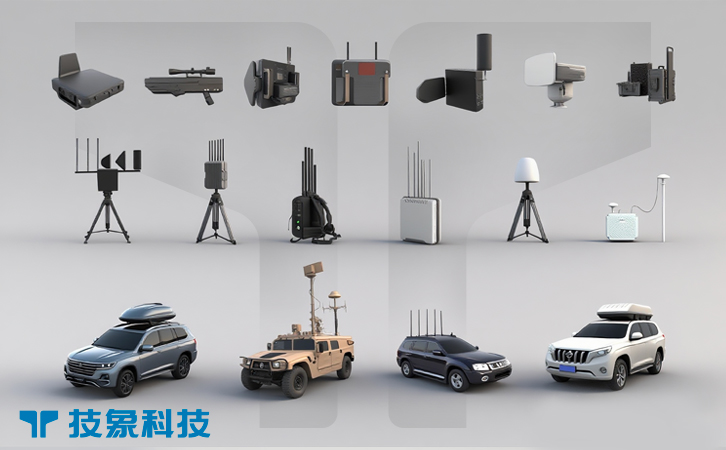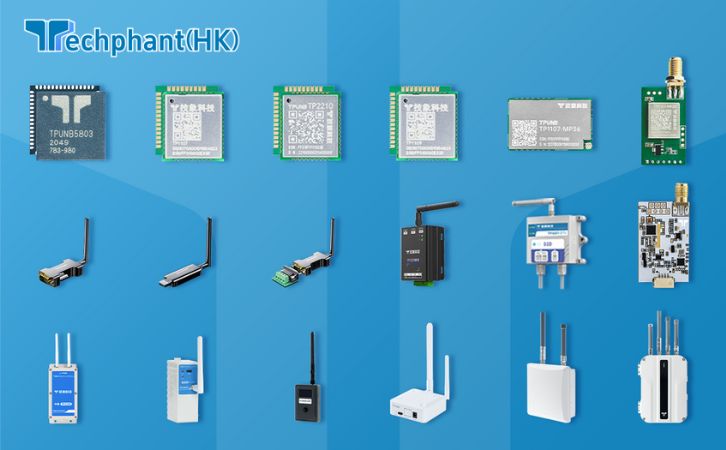The drone ecosystem in 2025, with over 6 million unmanned aerial vehicles (UAVs) in global operation, has diversified threats, from single incursions to swarms, demanding adaptable defenses for varying environments. Modular counter-drone kits, comprising interchangeable components like sensors, jammers, and effectors that users can configure for specific needs, have become a flexible counter-UAV technology. These kits allow customization—adding radar for long-range detection or nets for capture—making them suitable for temporary events, remote sites, or budget-constrained operations. Unlike fixed or monolithic systems, modular kits offer scalability and ease of upgrade, ideal for law enforcement, private security, or military field units. This article explores the variable drone threat, the mechanics of modular kits, their real-world applications, and the challenges and future potential of this adaptable counter-drone product.
I. The Variable Drone Threat and Need for Modular Kits
Drone threats vary widely, from solitary hobbyist intrusions to coordinated swarms, with over 2,500 incidents reported globally in 2024, including adaptable attacks on infrastructure or events that evade one-size-fits-all defenses. In military scenarios like Ukraine, drones shift tactics mid-operation, while civilian risks involve pop-up threats at festivals or borders, requiring on-demand reconfiguration.
Rigid systems like full installations are overkill for temporary needs, while portables lack versatility for evolving scenarios. Modular kits address this by allowing mix-and-match components, enabling rapid adaptation. Their role is essential for resource-limited users, as seen in 2025 private security trials where kits countered diverse intrusions. The DEFENSE Act, enacted in September 2025, promotes modular solutions for civilian applications, emphasizing their importance in tackling variable drone behaviors through customizable, cost-effective defense.
II. Mechanics of Modular Counter-Drone Kits
Modular counter-drone kits consist of plug-and-play components—sensors (radar, RF, acoustic), effectors (jammers, spoofers, nets), and a central hub for AI fusion—assembled via standardized interfaces like USB or wireless links. Users select modules based on threats: RF for signal-dependent drones, optics for visual confirmation, or kinetics for capture. Systems like Dedrone’s modular platform or DroneShield’s customizable kits use AI software to integrate components, processing data for real-time alerts and automated responses.
The mechanics involve kit assembly—attaching modules to a backpack or tripod—followed by calibration via app-based setup. AI algorithms fuse inputs, classifying threats and recommending effectors, with ranges varying by configuration (up to 5 km with radar). Advantages include flexibility for scenarios, easy upgrades, and affordability ($5,000-$50,000 per kit). Limitations include assembly time and compatibility risks with mismatched modules. In 2025, advancements in universal connectors and edge AI have streamlined integration, making modular kits a cornerstone of adaptable C-UAS strategies.
III. Applications and Real-World Deployments
Modular counter-drone kits are deployed in diverse, variable-threat settings, offering tailored defense. In civilian applications, event security at 2025 music festivals uses kits with RF and optical modules to detect and jam filming drones, reconfiguring for night ops with IR add-ons. Airports employ modular setups for temporary perimeters, swapping jammers for nets during high-traffic periods. Private firms secure remote sites like oil rigs with acoustic-focused kits, adapting to windy conditions.
In military applications, field units configure kits for patrols, adding radar for open terrain or spoofers for urban ops, as in U.S. Army 2025 exercises. Border teams mix modules for smuggling threats, enhancing capture rates. The Counter UAS Technology USA Conference in December 2025 showcased these deployments, highlighting plug-and-play designs for rapid adaptation. Success depends on user training and module availability, but their versatility makes kits indispensable for unpredictable scenarios.
IV. Challenges and Future Prospects
Modular counter-drone kits face assembly, compatibility, and logistical challenges. Quick reconfiguration demands expertise, risking errors in high-pressure situations, while module mismatches can degrade performance. Costs accumulate with add-ons, and supply chain issues for specialized parts limit availability.
Regulatory hurdles include FCC approvals for RF modules, though the September 2025 DEFENSE Act simplifies for security users. Ethical concerns involve over-customization leading to misuse, requiring standardized protocols under ITU guidelines. Future prospects are promising, with 2025 innovations in auto-calibrating interfaces and AI-optimized module selection. By 2030, the counter-UAS market grows, with modular kits leading for flexibility. Policy support ensures ethical deployment, positioning these kits as a foundation of adaptable aerial defense.
Conclusion
Modular counter-drone kits provide customizable, scalable defense against variable UAV threats, enabling tailored responses in 2025’s diverse environments. Their plug-and-play design makes them ideal for events, patrols, and remote sites, complementing rigid C-UAS tools. Despite challenges like compatibility and costs, real-world successes and innovations highlight their potential. As threats adapt, modular kits—supported by reforms—will remain vital in layered defenses. By overcoming hurdles, stakeholders can harness this technology to secure airspaces, ensuring resilience in a drone-dominated world.



